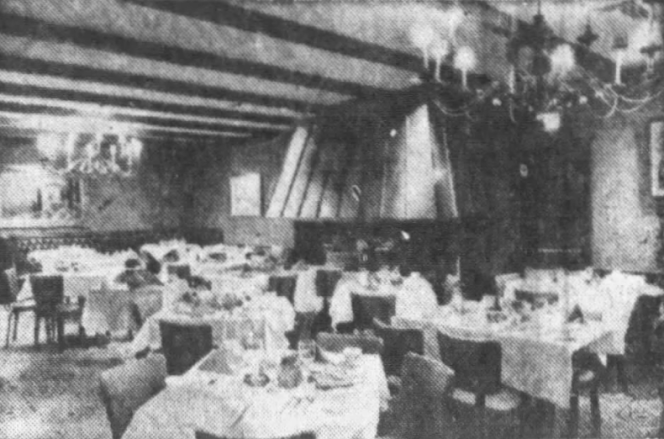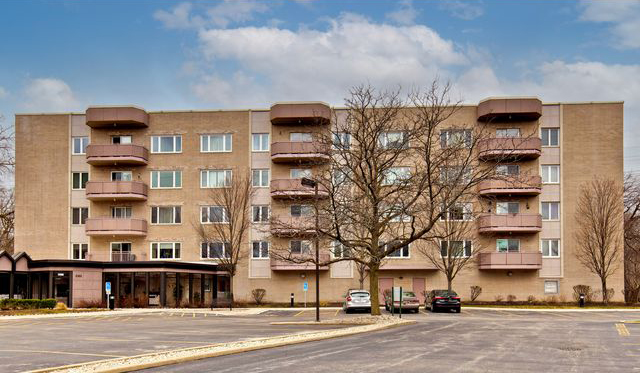Think of Abraham Lincoln's family, and Tad or Mary is likely to come to mind. So don't blame yourself if the names Sarah or Thomas Lincoln don't exactly ring a bell. But though they're much less known, both of Lincoln's siblings helped make him the man—and president—he eventually became.
 |
| Portrait of Nancy Hanks Lincoln |
Thomas and Nancy Hanks Lincoln had three children: Sarah, Abraham, and Thomas (Tommy). (Yes, Lincoln was a middle child, a fact that makes his future rise to fame even more noteworthy.) Sarah was born in 1807, two years earlier than Abraham. In 1812 (some accounts say 1813), tragedy struck the Lincolns when their third child, Tommy, died at just three days of age. It is not certain why Tommy died, but infant mortality was high in that era, especially on the frontier. Lincoln only mentioned Tommy a single time during his public career, but his death must have deeply grieved the family.
Before leaving Kentucky, Abraham Lincoln and his older sister Sarah (1807-1828) were sent for short periods, to ABC schools (also known as 'Blab' schools). Together, Abraham and Sarah attended what was known as Blab or ABC schools, a kind of early primary school common in frontier states like Kentucky, Indiana, and Illinois. Instead of featuring age-separated classrooms or expensive books or pencils, such schools used a strictly oral curriculum. The "blab" part came from teachers who recited rote lessons to the kids, who in turn blabbed them back. That back-and-forth didn't necessarily provide a great education (and given that the school charged tuition, it probably cost the Lincolns dearly to send them there), but it was enough to instill the basics in both Lincoln kids.
But more grief was on its way for the Lincolns. Just two years after making the rough journey to Little Pigeon Creek and building a cabin there, Abraham Lincoln’s mother, Nancy, contracted "milk sickness" after drinking milk from a cow that had been poisoned by White Snakeroot or Milkweed, and died on October 5, 1818.
Abraham and Sarah were devastated. Though she was only two years older than her brother, Sarah tried to be a mother to Abraham. She also inherited the chores expected of the woman of the house, caring for her brother, father, and a cousin who lived with them.
Just a year later, their father left his brother, sister, and 18-year-old cousin at home as he hunted for another wife. When he returned with a new wife, Sarah Bush Johnston, both brother and sister were so dirty and unkempt that she scrubbed them clean. Johnston had three children of her own, and with the help of a new mother and in a house with three stepsiblings, the Lincoln children went back to a life of hard work.
 |
| Sarah Bush Johnston |
Sarah thought in some respects like her brother. She lacked Abraham's stature was thick-set, had dark-brown hair, deep gray eyes, and an even disposition. In contact with others, she was kind and considerate. Her nature was one of amiability, and God had endowed her with that invincible combination—modesty and good sense. Sarah was known in the community as gentle, intelligent, and kind.
Sarah married Aaron Grigsby, a member of the leading family of Gentryville, Indiana, in August of 1826, whose family were neighbors of the Lincolns. At the wedding, the Lincoln family sang a song, "Adam and Eve's Wedding Song," composed in honor of the event by Abraham himself. It was a tiresome doggerel (comic verse composed in an irregular rhythm) full of painful rhymes. Sarah became pregnant. But during her delivery, she died at age 21, on January 20, 1828.
The joint wedding celebration of Aaron's brothers Reuben, who married Betsy Ray, and Charles who married Matilda Hawkins, or 'Tilda' as her mother called her, on the same day.
When the invitations to the festivities were issued Abraham was left out, and the slight led him to furnish an appreciative circle in Gentryville with what he was pleased to term "The First Chronicles of Reuben." The incident created a rift between Lincoln and the Grigsbys.
The following day they with their brides returned to the Grigsby mansion, where the elder Reuben Grigsby gave them a cordial welcome. Here an old-fashioned affair, with feasting and dancing, and the still older fashion of putting the bridal party to bed, took place.
In revenge, Lincoln had shrewdly persuaded a friend who was on the inside at the affair to slip upstairs while the feasting was at its height and change the beds of Betsy with that of Matilda, which Mamma Grigsby had carefully arranged in advance. The transposition of beds produced a comedy of errors that gave Lincoln as much satisfaction and joy as the Grigsby household embarrassment and chagrin. On this occasion some sense of mischief afoot disturbed the heart of the elder Mrs. Grigaby, and, hastening up-stairs, just after the attendants had returned downstairs, she cried out in a loud voice and to the great consternation of all concerned, "WHY RUEBEN, YOU'RE IN BED WITH THE WRONG WIFE!"
Lincoln then wrote a description of the incident known as "The First Chronicles of Reuben" as payback, composed in what purports to be the style of the Scripture, the prose narrative was followed by a poem about Billy Grigsby, another of Aaron's brothers. The coarse poem ridicules their failed attempts of Billy to woo girls. The original text of "The First Chronicles of Reuben" does not survive [1].
Though Sarah is thought to have affected Abraham deeply with her intelligence and commitment, he seems to have been less impressed by his stepsiblings. In 1851, he wrote his stepbrother John Daniel Johnston a scathing letter denying him a loan of $80 and observing that "I doubt whether since I saw you, you have done a good whole day's work, in any one day."
The letter was tinged with humor amidst the bitterness, like many of Lincoln's missives, but it suggests that his non-Lincoln siblings never stole his heart the way his big sister did. Though Sarah never lived to see his accomplishments, she helped him mature into the person he eventually became—one who met life's challenges with perseverance and, when needed, a bit of sarcastic wit.
Compiled by Dr. Neil Gale, Ph.D.
[1] The original chapter in Lincoln's handwriting came to light in a singular manner after having been hidden or lost for years. Shortly before my trip to Indiana in 1865 a carpenter in Gentryville was rebuilding a house belonging to one of the Grigsbys. While so engaged his son and assistant had climbed through the ceiling to the inner side of the roof to tear away some of the timbers, and there found, tucked away under the end of a rafter, a bundle of yellow and dust-covered papers. Carefully withdrawing them from their hiding-place he opened and was slowly deciphering them, when his father, struck by the boy's silence, and hearing no evidence of work, enquired of him what he was doing. "Reading a portion of the Scriptures that haven't been revealed yet," was the response. He had found "The First Chronicles of Reuben."















